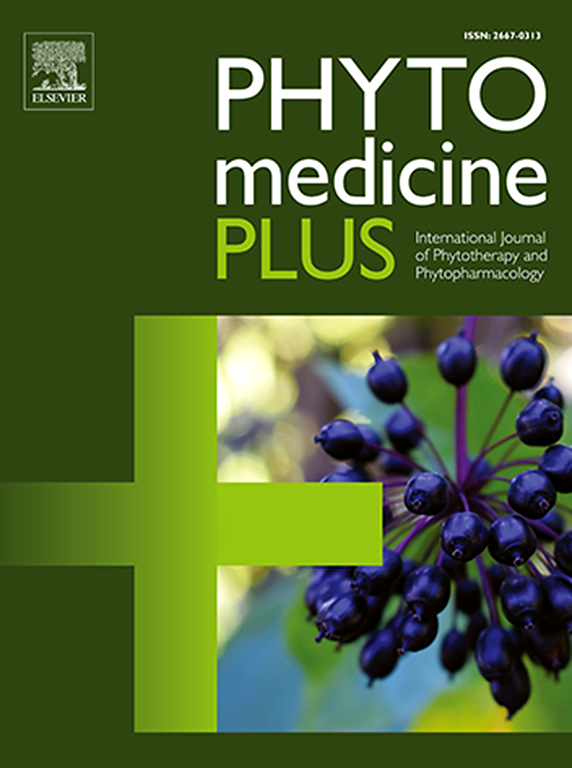Wasabi leaf extract changes the expression levels of cytokine-related genes in dermal papilla cells, as identified through whole transcriptome analysis
Q3 Pharmacology, Toxicology and Pharmaceutics
引用次数: 0
Abstract
Wasabi is a traditional Asian food, and it has been reported that Wasabi leaf extract derived compounds, such as 6-methylsulfinylhexyl isothiocyanate (6-MSITC), exert anti-proliferative effects on cancer cells. In addition, although the antibacterial action of wasabi leaf extract has been reported, the detailed biological effects of wasabi leaf extract are not fully understood. To obtain further associated information, we used next-generation sequencing to identify upregulated or downregulated genes in immortalized human dermal papilla cells, and differentially expressed genes in human papilla cells were identified in the presence or absence of wasabi leaf extract. The effects of 6-MSITC and isosaponarin were also evaluated. The results indicated that wasabi leaf extracts upregulated or downregulated the expression of cytokine-related genes, such as GDF15, BMP6, CXCL12. The expression changes of GDF15, BMP6 were reproduced by real time PCR, and the results will contribute to our understanding of the biological effects of wasabi.
通过全转录组分析发现,山葵叶提取物改变了真皮乳头细胞中细胞因子相关基因的表达水平
山葵是一种传统的亚洲食品,据报道,山葵叶提取物衍生的化合物,如6-甲基亚甲酰基己基异硫氰酸酯(6-MSITC),对癌细胞具有抗增殖作用。此外,山葵叶提取物的抗菌作用虽有报道,但其详细的生物学效应尚不完全清楚。为了进一步获得相关信息,我们利用下一代测序技术鉴定了永生化人真皮乳头细胞中上调或下调的基因,并鉴定了在存在或不存在山葵叶提取物的情况下人乳头细胞中差异表达的基因。并对6-MSITC和异皂苷的作用进行了评价。结果表明,山葵叶提取物上调或下调GDF15、BMP6、CXCL12等细胞因子相关基因的表达。通过实时PCR重现了GDF15、BMP6的表达变化,这将有助于我们对山葵生物学效应的认识。
本文章由计算机程序翻译,如有差异,请以英文原文为准。
求助全文
约1分钟内获得全文
求助全文
来源期刊

Phytomedicine Plus
Medicine-Complementary and Alternative Medicine
CiteScore
3.70
自引率
0.00%
发文量
178
审稿时长
81 days
期刊介绍:
 求助内容:
求助内容: 应助结果提醒方式:
应助结果提醒方式:


